Discover Galway The Ultimate City Guide


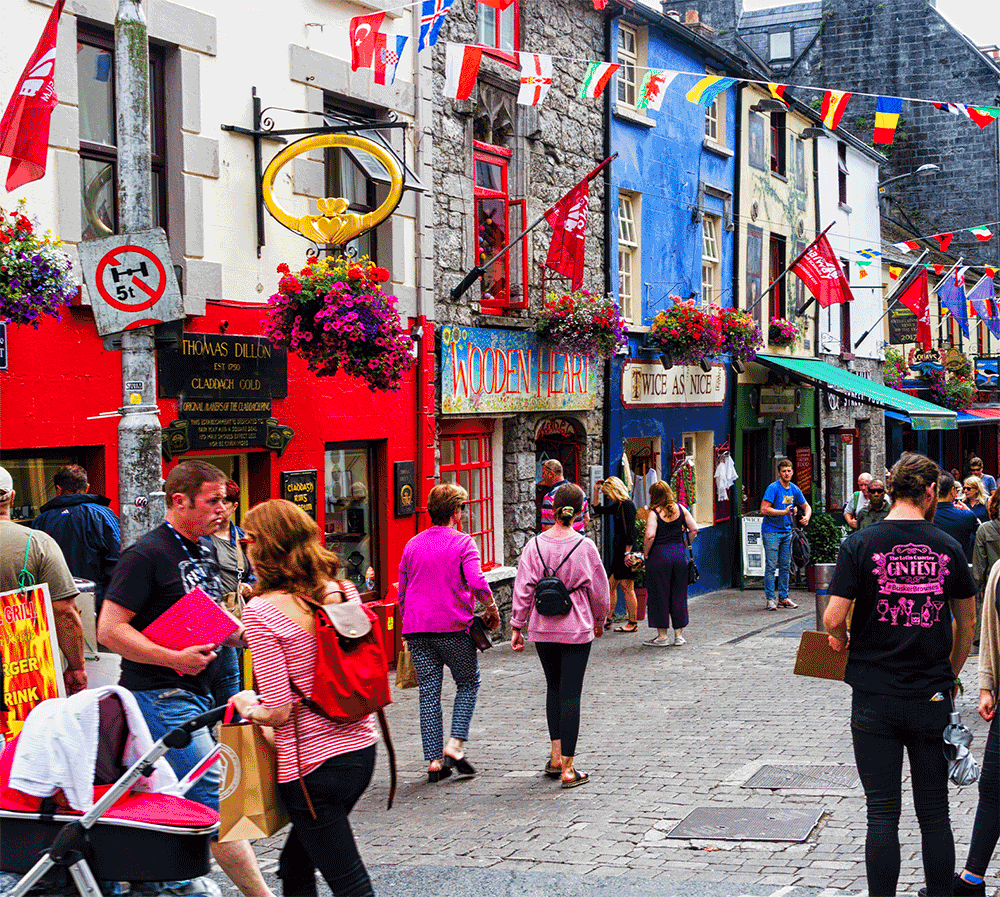
The city of Galway is one of the gems of the West of Ireland. Set on scenic Galway Bay, it is also on the stunning coast of the Wild Atlantic Way. The city itself is known for its thriving arts scene, traditional music and rich culture, and it makes a fantastic base to study.
Galway city itself is small – it feels more like a large town, with a more relaxed atmosphere than a big city. You will find everything from old castles and medieval streets to trendy cafés and musical pubs.
People in Galway are generally friendly and there is a colorful and creative atmosphere. The population is around 100,000 and it’s easy to get around the city center on foot without worrying about traffic.
“I thought it was so charming, I was immediately attracted how by quaint it was. My first impression was that everything was a bit older, a bit more rugged. Within two years, I really fell in love with it. Everyone does, whenever they spend enough time to discover the little corners of it.”
Arielle Locke, Canada,
Medical student at the National University of Ireland, Galway.
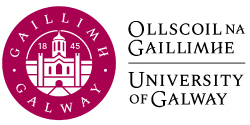
Galway is a lively university city – students make up more than 20 per cent of the population, bringing a vital energy and creativity to city life. The University of Galway (UOG) was founded back in 1845 and the campus is set along the banks of the River Corrib, just a few minutes’ walk from the city center.
Galway was once known as the city of tribes because of the different families that ruled the city and today the city has a diverse population. UOG itself has around 4,000 international students from 110 different countries and 35 per cent of the university’s staff are from 45 countries.
UOG is research-led and its Biomedical Science building has 300 scientists and researchers in areas like regenerative medicine, stem cell research, bio materials and cancer biology. Five of the university’s academics were on the 2020 Highly Cited Researchers list from Clarivate, including professors of interventional medicine and innovation, systems biomedicine and interventional cardiology.
“UOG also offers a wide variety of extracurricular activities. I was able to join soccer and tried playing rugby. There are also many societies that are medically oriented (such as paediatrics, emergency medicine, etc) which consist of a lot of volunteer work and learning opportunities. One of the most important societies that I was introduced to was NIMSA (North American Irish Medical Student’s Association). It was nice to meet other Canadians and hear their stories. The upper years were very supportive and informative when it came to study tips for school and future board exams advice.”
Carol Yassa, Canada,
Medical student at the University of Galway.
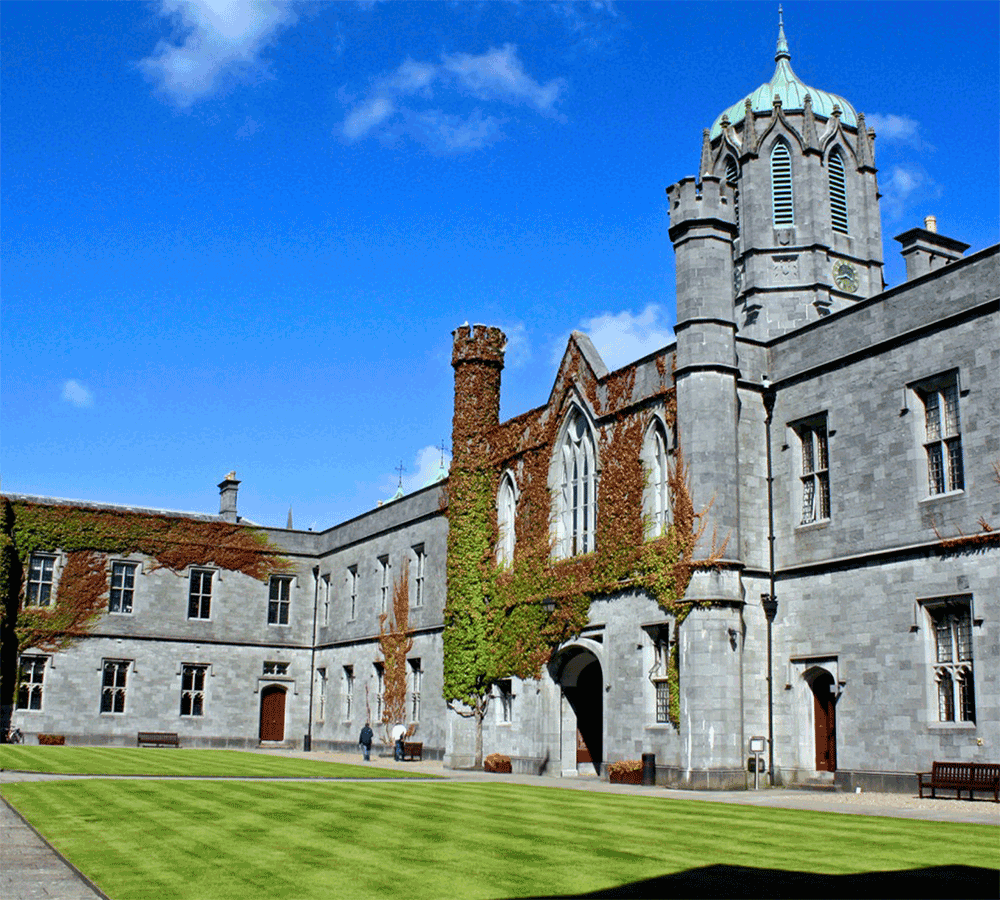
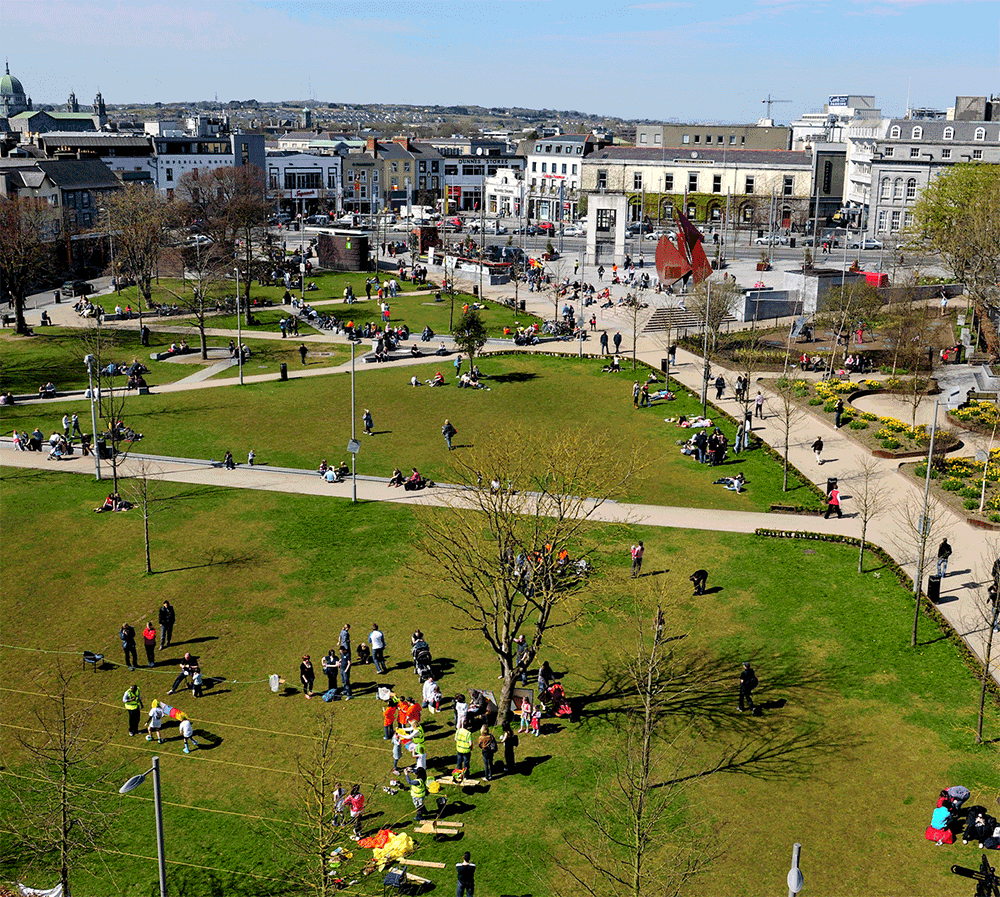
Galway city has an interesting history and parts of the city date back to medieval times. Lynch’s Castle, once home to a prominent ruling family, goes back to the fourteenth century, while Nora Barnacle House was the family home of James Joyce’s wife.
Salthill is a seaside suburb just outside the city with a great promenade for walks. You will also sometimes hear the Irish language spoken in Galway city and in the Gaeltacht (Irish-speaking areas) in the county, especially in Connemara.
There is a good mix of shopping too, with everything from high street fashion to eclectic boutiques and gift shops. The city is famous for the Claddagh ring and Aran sweaters, which originated from the nearby Aran Islands. Also look out for Connemara marble, plus local glass, art and pottery which make great gifts for those back home.
“I was warmed by Galway’s charm. Despite being thousands of miles away from home, I felt right at home in a town where the people are so friendly and where the sounds of live music never stop. I almost find it funny how little the Irish climate affects me- perhaps because I prepare for the rain every day and am always appreciative when the sun comes out!”
Katherine Martin, Canada,
Medical student at the University of Galway.
A great way to learn new skills, meet people and make new friends is through the college’s societies and sports clubs. UOG lists more than 130 societies, from the arts and performing to political, volunteering and religious societies.
Academic societies of interest might be the Medicine, Surgical, Biomedical Science, Emergency Medicine or General Practitioner societies, while the arts societies cover everything from the circus to writing. There are special interest societies for all sorts of pursuits like anime and manga, music, yoga, a Harry Potter society and a Time Lord society for Doctor Who (TV show) fans
NUIG’s many sports facilities include a gym, 25m pool, basketball arena, hockey pitch, running track plus running trails, grass pitches and flat water for rowing and kayaking. There are more than 50 sports clubs, including athletics, equestrian, GAA (the traditional Gaelic games of football, hurling and camogie), karate, rugby and surfing.
“Another thrill was finding hockey in Ireland. There is an inline hockey club team in every urban area. I met many good friends through my team, the Galway Bay Lightning, and the league (many of whom are North Americans). It’s a great way to keep active and to travel the country, with tournaments hosted all across Ireland.”
Conor Bell, Canada,
Medical student at the University of Galway.
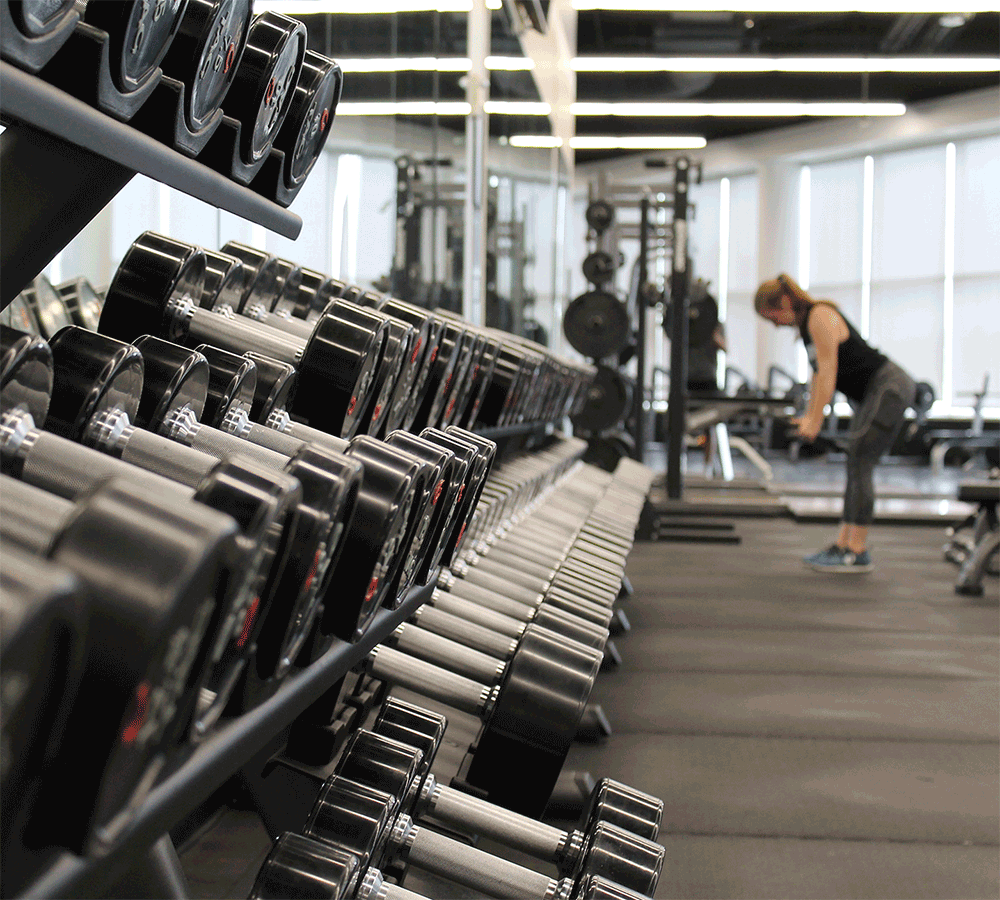
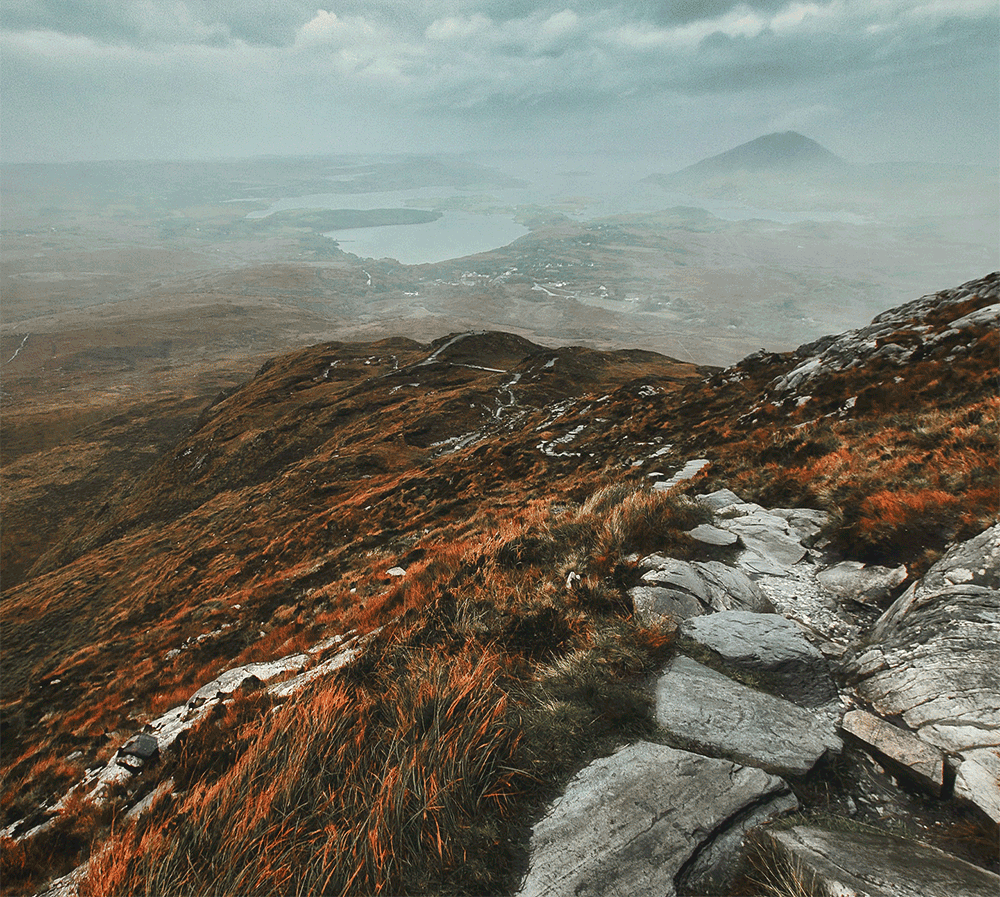
While Galway’s location on the Atlantic coast has advantages like coastal scenery, fresh air and access to nature, clouds and rain are not uncommon, especially between October and January. You could say that the rain is what makes the countryside green – but either way, always have warm layers of clothing and a set of waterproofs.
For temperatures, like the rest of Ireland, Galway does not experience extreme cold in winter or extreme heat in summer. Temperatures in July usually reach a maximum of around 67°F, while the average summer temperature is around 60°F. Winter temperatures range between a minimum of 38°F to a maximum of 48°F.
Galway is well connected with train and bus services and is within an hour or two of Ireland’s international airports. The nearest airport is Shannon which has direct flights from New York, Boston and Philadelphia plus Europe and the UK. It is 85km and just over an hour’s drive (or 1.5 hours by bus) from Galway. Ireland West airport at Knock has flights to the UK and Europe and is 88km (around 1.25 hours’ drive or 1.5 hours by bus).
Dublin Airport, which has direct flights from most main airports in North America, is around 215km (2.25 hours’ drive or three hours by express bus). Galway is also on the Irish Rail train and Bus Eireann bus networks, with connections to main Irish towns and cities. From the city, there are buses to suburbs like Salthill and the city has a bike-sharing scheme.

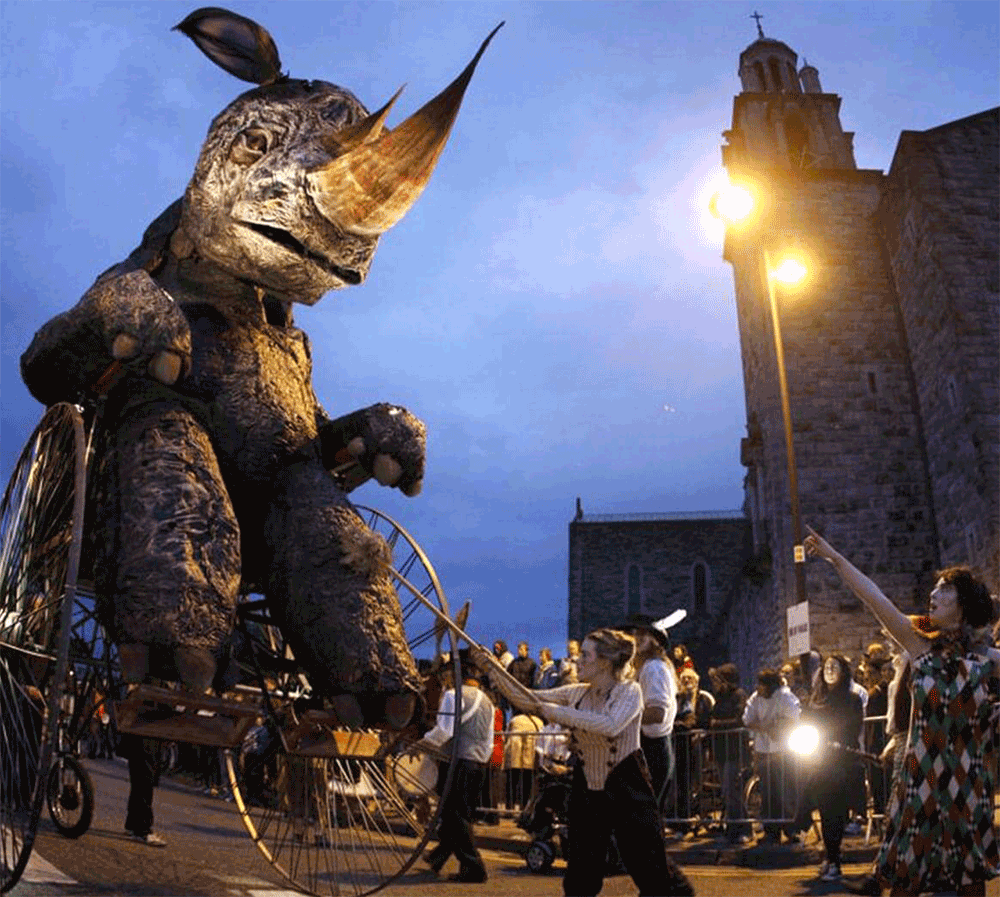
Nightlife centers around the pub and there are all types in the city, from quiet suburban pubs to the old pubs of the city center which have nightly live traditional music sessions, or more modern pubs with DJs. Music is a big part of culture in Galway and you’ll also hear plenty of street buskers.
As well as pubs, students get together at clubs and at house parties and the city has a thriving arts and festival program during the year, including the Galway Arts Festival.
As it’s a student city, there are plenty of inexpensive places to. eat and you’ll find a diverse range of food on offer. Being on the Atlantic, there is excellent seafood and an annual oyster festival. Fish and chips is a popular takeaway. Galway is generally a safe city but like in any city, you need to take care of valuables and of personal safety late at night.
“The city of Galway is an amazing place to live. You can walk everywhere and the cost of living is much cheaper than in Dublin. We’re also very close to Salthill where you’ll find the famous Galway Bay. There is plenty of good food and entertainment to enjoy year round.”
Michelle Arakgi, United States,
Medical student at the University of Galway.

Galway is ideally located for exploring the West of Ireland – to the north is Connemara, with its vast boglands, lakes, mountains and a National Park, and Co Mayo, with more mountains and rugged coast. Out to sea, the three Aran Islands are popular to visit for a few days, or to the south of Galway are the stunning Cliffs of Moher in Co Clare, which stretch for 8km and rise 214m from the sea.
You can also explore The Burren in Co Clare, an unusual limestone landscape which stretches from coast to hills, or surf nearby along the Co Clare Coast. The Wild Atlantic Way runs south from Galway as far as counties Kerry and Cork, or north to Sligo and Donegal.
“We went up to Donegal, a three-day trip, that was just stunning, the mountaineering club rented a hostel. I was meeting new people and just being outdoors with this group, chatting and having a good time. We did a few hikes around Sliabh Liag, that was just stunning. The entire Wild Atlantic Way is just unbelievable.”
Arielle Locke, Canada,
Medical student at the University of Galway.
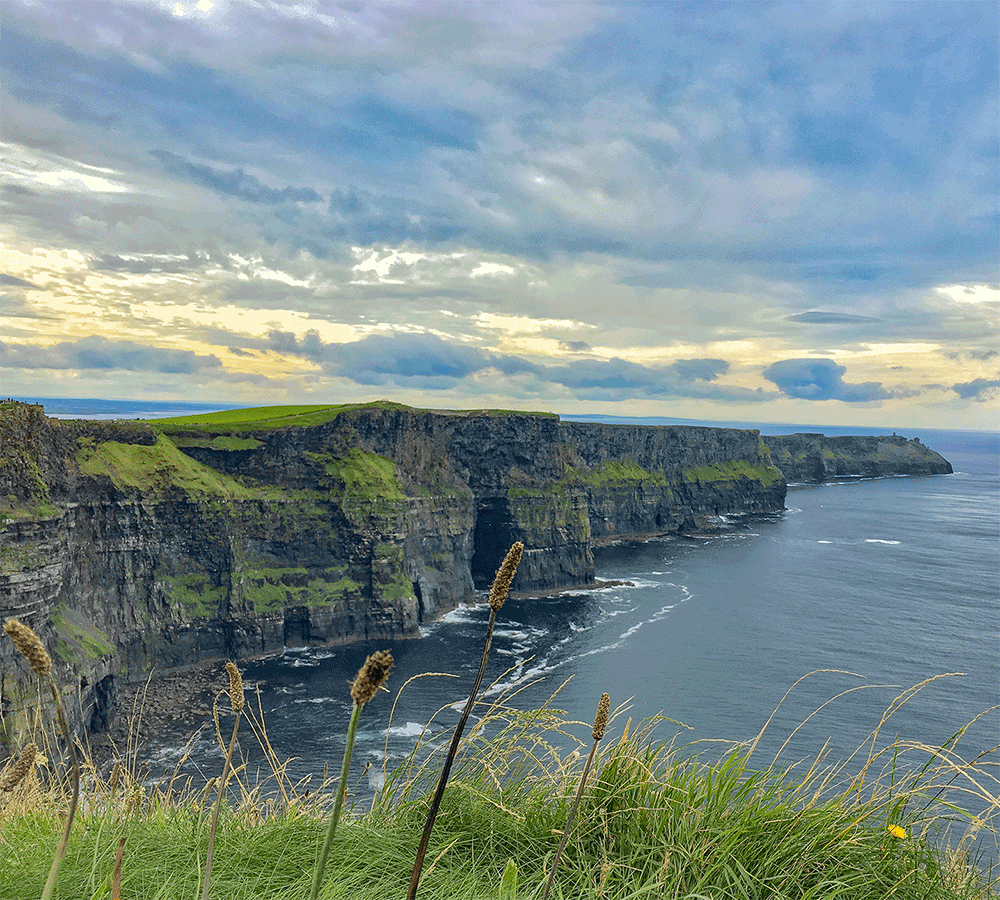
Before submitting your online application, please fill out the Application Request Form. After we receive your submission, we will write to you within 1 – 2 business days regarding program eligibility, application instructions, admissions requirements, deadlines, and other guidelines.
Find Out HereFollow the application instructions exactly. Take the time to read the instructions provided with your application.
Find Out HereCopyright ©️ 2016–2024
We use cookies on our website to give you the most relevant experience by remembering your preferences and repeat visits. By clicking “Accept”, you consent to the use of ALL the cookies. more information
The cookie settings on this website are set to "allow cookies" to give you the best browsing experience possible. If you continue to use this website without changing your cookie settings or you click "Accept" below then you are consenting to this.